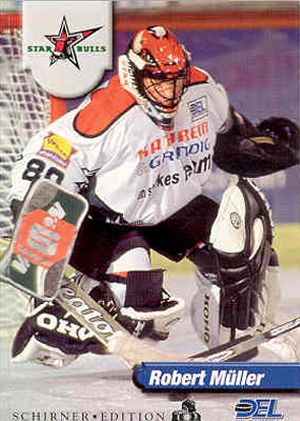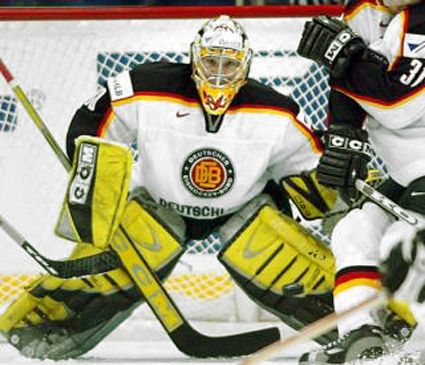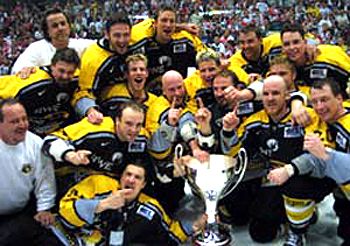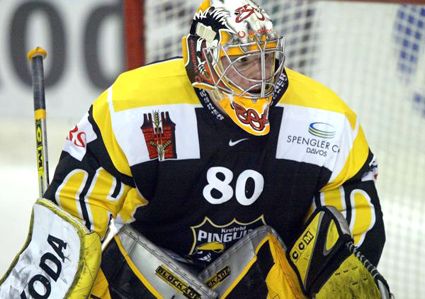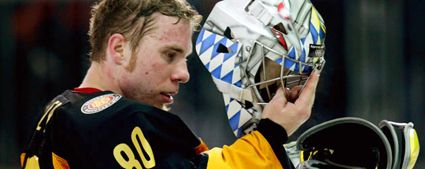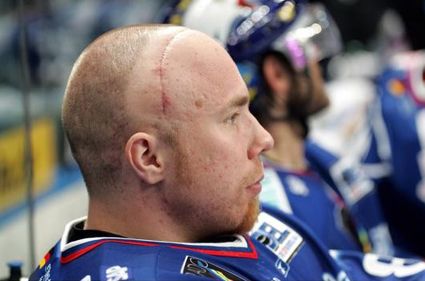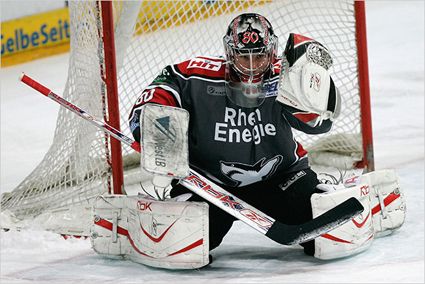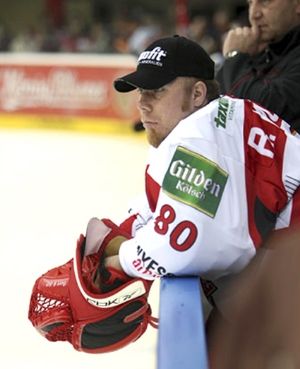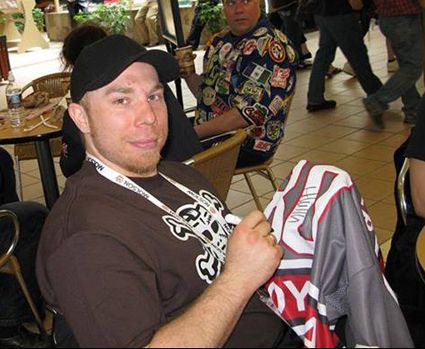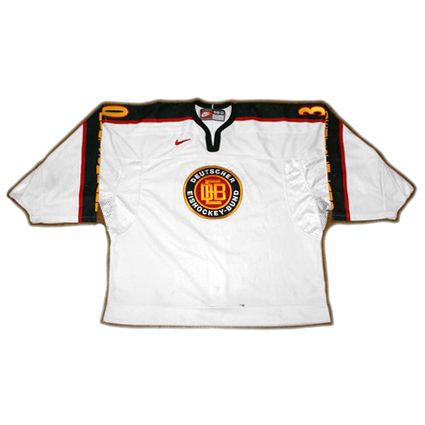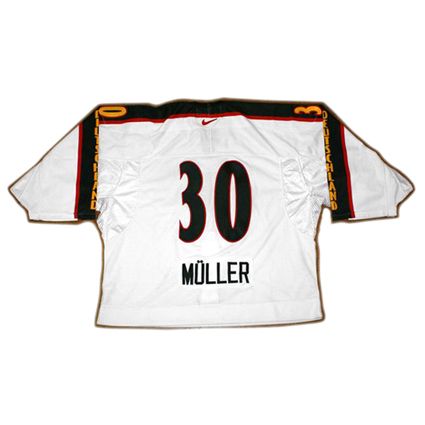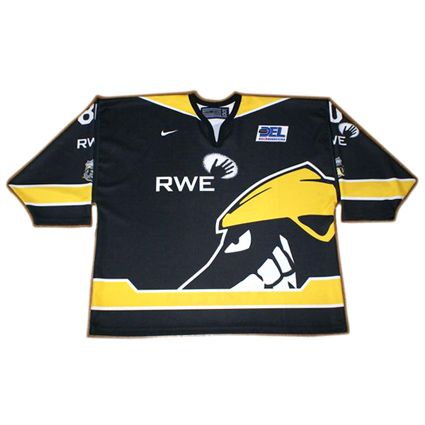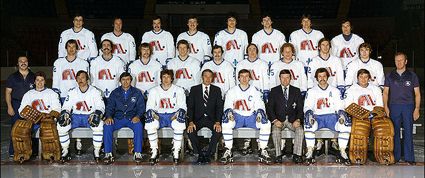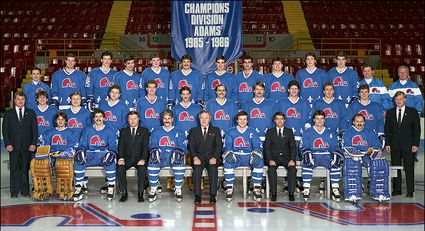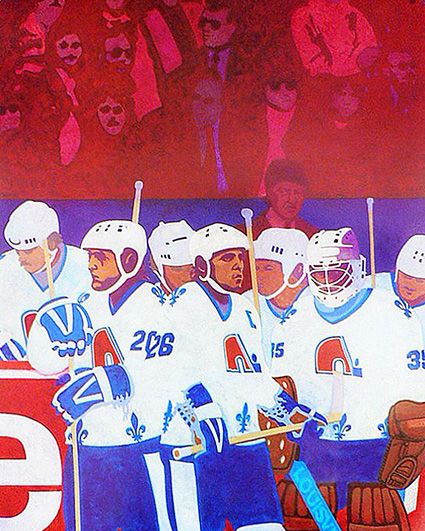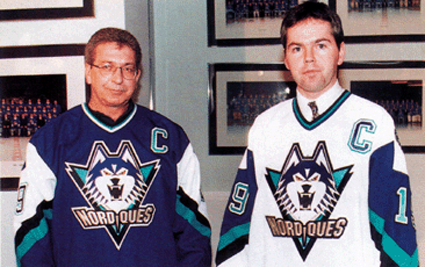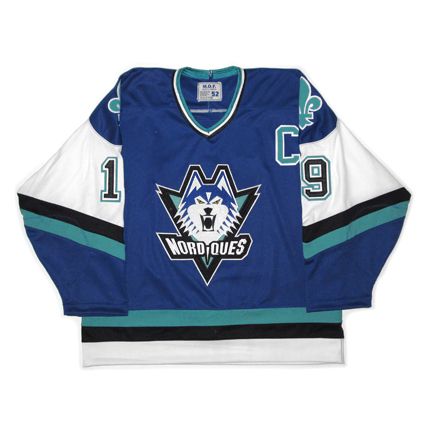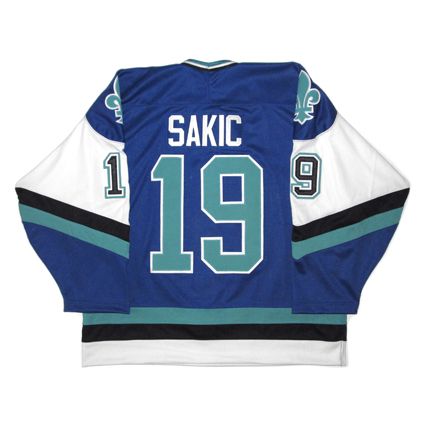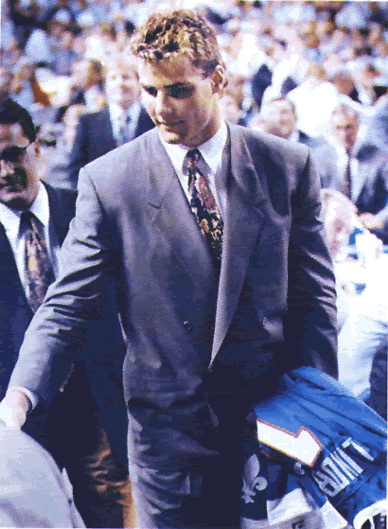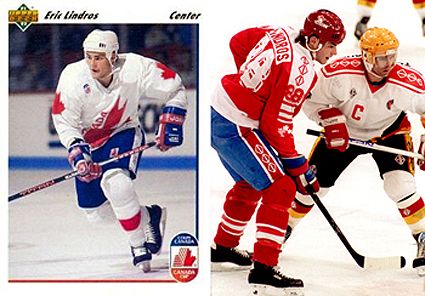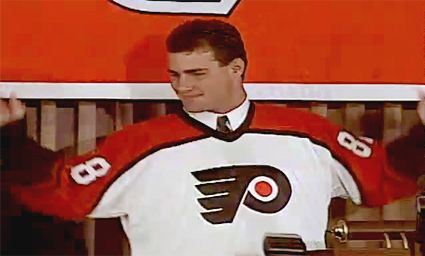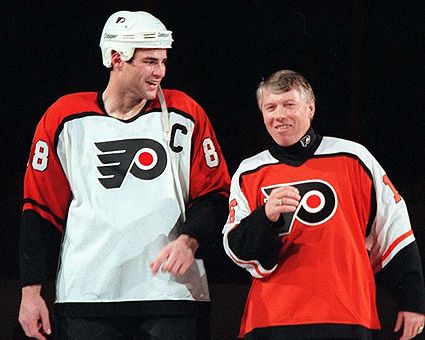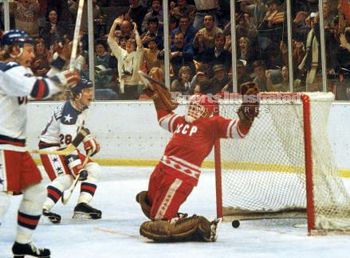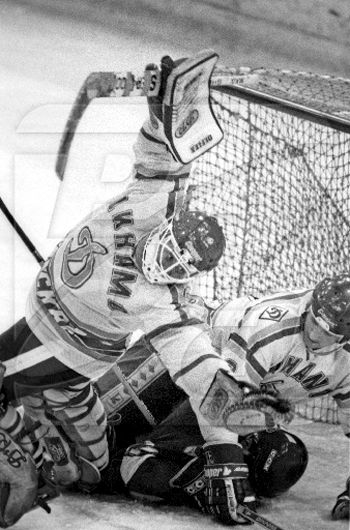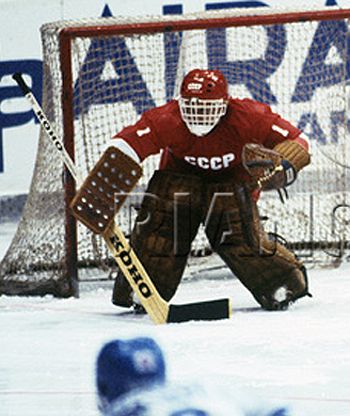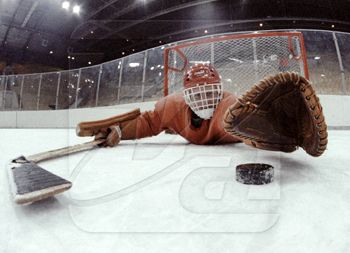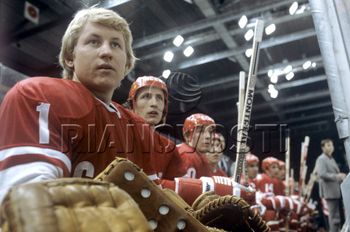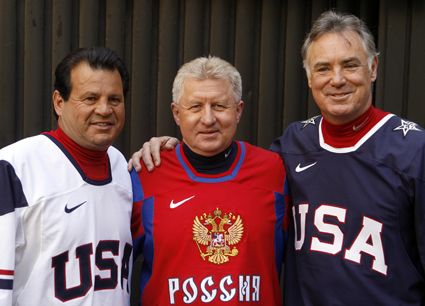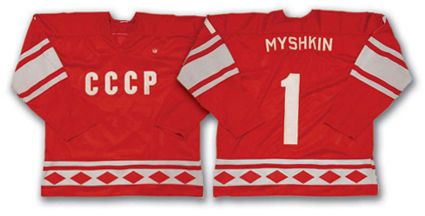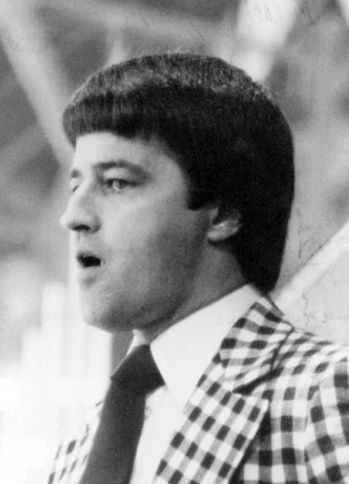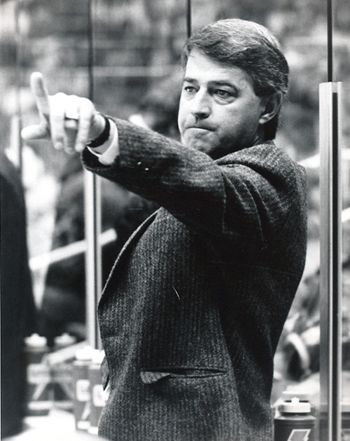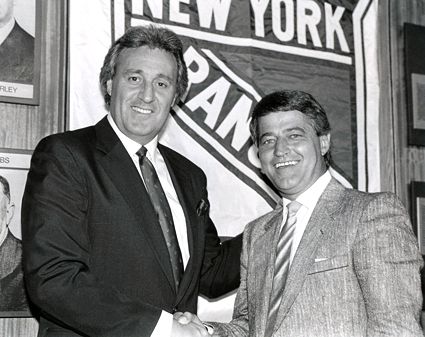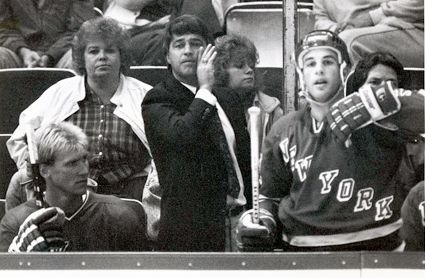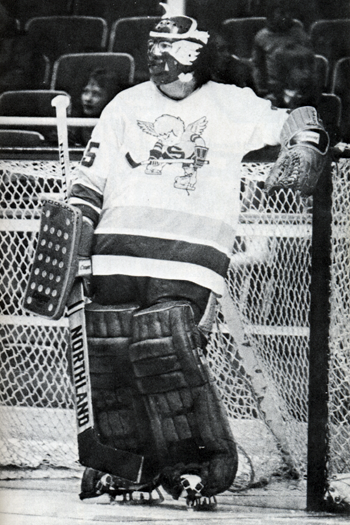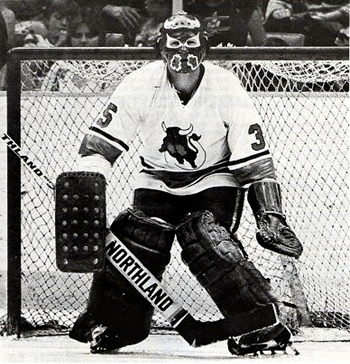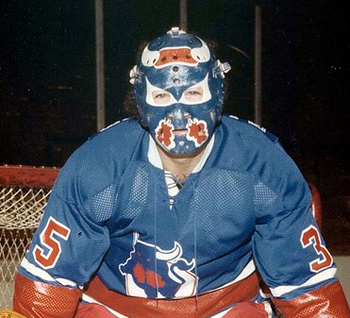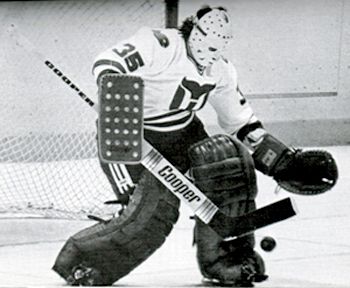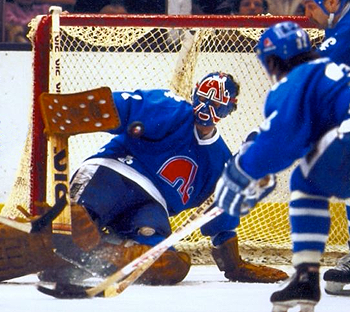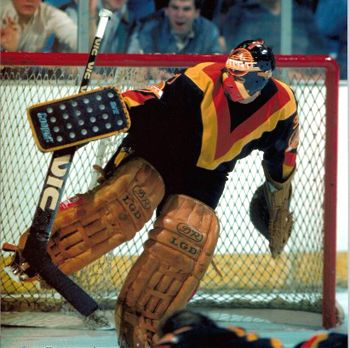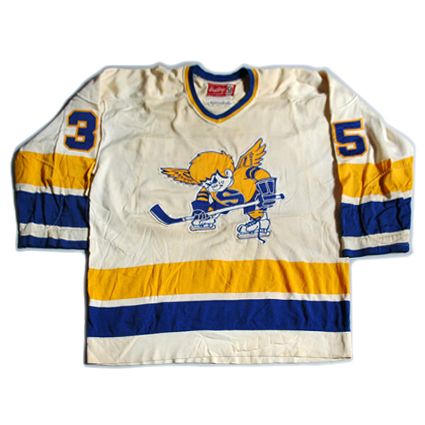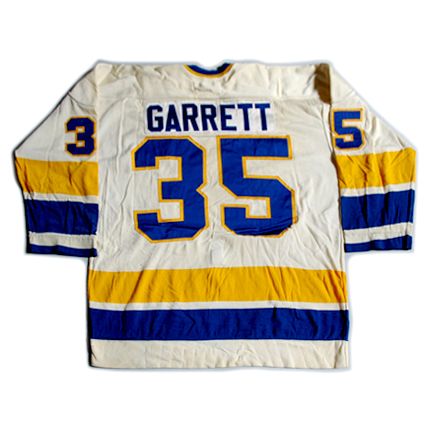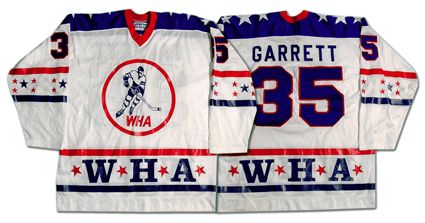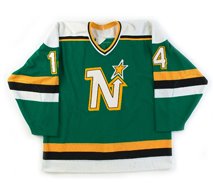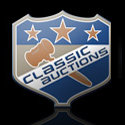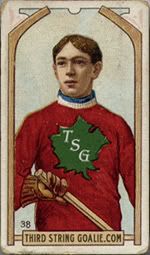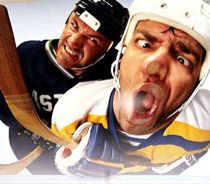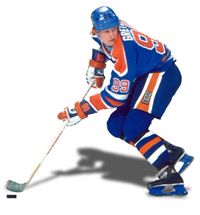His second season saw him compete with EHC Klostersee in the German second division as well as making a return to the European Junior Championships B Pool, where he was named the Best Goalkeeper at the tournament.
In 1998-99 Müller returned to his hometown Star Bulls Rosenheim, only now in the senior level German DEL. In addition to moving up to the DEL, he also made his senior level international debut at the World Championships B Pool in 1999.
Müller was back with Star Bulls for a final season in 1999-00 and then competed in both the World Juniors B Pool and the World Championships B Pool where he played two games as Germany successfully won promotion to the A Pool with a 6-1 record.
For the 2000-01 season, Müller joined Adler Mannheim (Mannheim Eagles), who dominated the league with a 40-16-4 record for first place overall and then defeated the Berlin Capitals, Hannover Scorpions and the Munich Barons to win the DEL championship. He also competed in qualifying for the following year's Olympics as well as the 2001 World Championships at home in Germany. Following the season, Müller was selected in the 9th round of the NHL Entry Draft by the Washington Capitals, who also employed Müller's Germany National Team teammate and fellow goaltender Olaf Közig.
It was back to the Mannheim Eagles for 2001-02, a season which also saw Müller appear in the DEL All-Star Game as well as making his Olympic debut in Salt Lake City followed by another World Championships later that spring.
Müller was again on the move for the 2002-03 season, as he joined the Krefeld Penguins (Krefeld Penguine) as their undisputed number one goaltender, appearing in 47 of the team's 50 regular season games. While Krefeld finished mid-pack during the regular season, 7th out of 14, it was enough to become one of the eight playoff qualifiers. Once the playoffs began, Krefeld easily handled the 3rd ranked DEG Metro Stars 4-1 before knocking off the top ranked Berlin Polar Bears 3-1. Proving that was no fluke, Müller won his second DEL title after the Penguins defeated the second seeded Cologne Sharks in the finals 3 games to 2 with Müller in goal for all 14 of Krefeld's games. He concluded his season with the Germany National Team at the 2003 World Championships.
His second season with Krefeld again saw him handle the vast majority of the games, appearing in 49 of their 52 games. Also that season, during the Christmas break, Müller and the Penguins travelled to Switzerland to participate in the annual Spengler Cup tournament. With Krefeld failing to qualify for the postseason, Müller joined EHC Basel in the Swiss National League A in their effort to avoid relegation for the following season. Müller then made his now customary appearance at the World Championships, his sixth consecutive time making the German squad.
Prior to the start of the 2004-05 season, Müller played for Germany at the 2004 World Cup of Hockey. Once the DEL season would get underway, Müller would play 47 of the Penguins 52 games. He would again fulfill his international duties at the World Championships, which would not go Germany's way, as they were relegated for the 2006 season.
His fourth season with Krefeld would see the workhorse Müller now set a personal high with 51 appearances out of a possible 52 as Krefeld returned to the playoffs for the first time since 2001. He would also participate in his second Olympic Games during 2006 before Germany sought to return to the Top Division of the World Championships, which required them to participate in the Division I Group A Worlds in France.
Germany announced their intentions of a quick return with an opening 11-2 win over Israel. Müller then made his first start in fine fashion, shutting out Japan 4-0. Great Britain then fell 8-0 for Müller's second consecutive blanking. He stayed unbeaten with a 6-2 win over Hungary and then recorded his third shutout in five starts over the host French 5-0 to finish the tournament with a 0.50 goals against average to earn the Best Goalkeeper of the tournament award as well as accomplishing Germany's goal of returning Germany to the Top Division on their first attempt.
He returned to Adler Mannheim for the 2006-07 season, but was limited to 23 gamesafter being diagnosed with a brain tumor in November of 2006 when he began suffering from migraine headaches. Müller underwent surgery to remove the majority of the tumor and made his return to the Eagles on February 3, 2007 at the DEL All-Star Game despite the fact he was still undergoing chemotherapy and radiation treatments.
Müller would start the 2007-08 season with Mannheim (5 games), but had lost his starting job and was loaned to EV Duisburg. He would play 12 games with the Foxes before he found a new home as the number one goaltender with Kölner Haie (Cologne Sharks). Müller appeared in 24 games for the Sharks before leading them to the DEL finals, playing in 14 additional playoff games, including winning an epic 6 overtime game, the second longest in professional hockey history during which he faced 100 shots on goal!
Having seemingly returned to full health, Müller would then make his ninth World Championship appearance for Germany at the conclusion of the season, raising his season total to 44 games played and his career total of international games to 127, which included two Olympics and a World Cup of Hockey.
Courageously, and despite his dire prognosis, Müller returned to the ice to play in two games during the early part of the 2008-09 Sharks season, the first being just 44 days after his second operation.
Müller said he recognized that it would be hard for him to play an entire game. But, he said, “I am delighted with every second on the ice,” and added he did not want special treatment. “If I play well, you can praise me, and if I play badly, you should criticize me,” he said.
Sadly, those two games would prove to be his last, as his doctor would no longer clear him to play as his condition worsened in December of 2008.
Müller passed away five months later on May 21, 2009 at the age of 28, two and a half years after the initial discovery of his tumor, but not before being inducted into the German Hall of Fame in March of 2009.
“We are shocked and very sad. Robert was a great personality,” Thomas Eichin, general manager of his last club Kölner Haie, said in an announcement on Friday. “He impressed us all and was an idol for many people not only as a sportsman. He will leave a big hole. Our thoughts are with his family. We wish them strength in this difficult time.”
“With his strong will, Müller inspired many people in their battle against the terrible disease,” Franz Reindl, the general secretary of the German Ice Hockey Association, said. “He showed us all what it means to never give up.”
At first, four clubs, the Cologne Sharks, Mannheim Eagles and his first senior club EHC Klostersee, as well as EHC Munich, whom he had never played for, would all retire his jersey #80. The DEL then announced that starting with the 2009-10 season that the #80 would be permanently retired league wide.
Today's featured jersey is a 1999-00 Germany National Team Robert Müller jersey. as worn during the 2000 IIHF World Junior Division I Championships which were held in Minsk, Belarus where Müller played in 5 games with a 1.40 goals against average and a pair of shutouts.
This jersey carries the more traditional goaltender number of 30, rather than Müller's trademark #80 he would adopt in honor of the year he was born.
Bonus jersey: Today's bonus jersey is a 2002-03 Krefeld Penquine Robert Müller jersey which sports Müller's preferred #80 that would make him so recognizable on the ice.
This jersey is a prime example of the type of graphic treatment German DEL jerseys, with an overly large team logo, corporate sponsorships, unconventional striping elements and the playful use of the team logo on the back of the jersey, which give many DEL jerseys their offbeat personalities.
The photos of today's jerseys were generously supplied by Andy Friedmann, and if you would like to view more of his extensive and incredibly wide-ranging collection, please visit his website here.
In today's video section, Müller makes his first appearance for Cologne following his second surgery when he played in the final eight minutes of the Sharks victory.
Finally, in a moving tribute, Müller's career is recapped through a highlight video and he then conducts his final TV interview upon receiving an award in March of 2009 (likely his Hall of Fame induction) as he shows the affects of his worsening condition.

